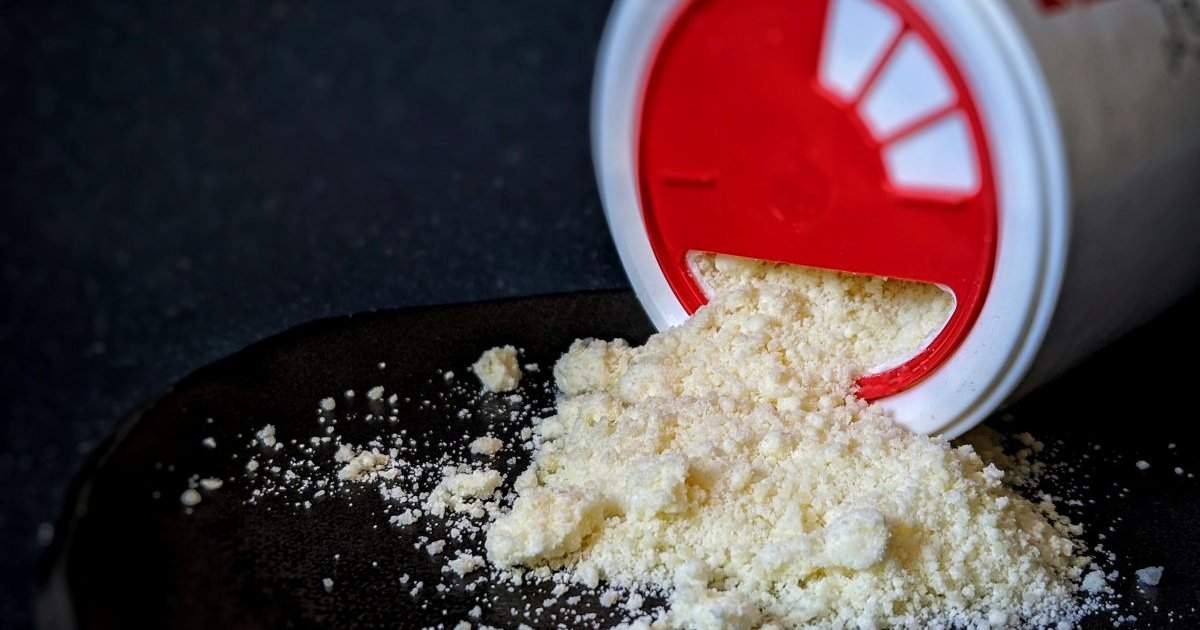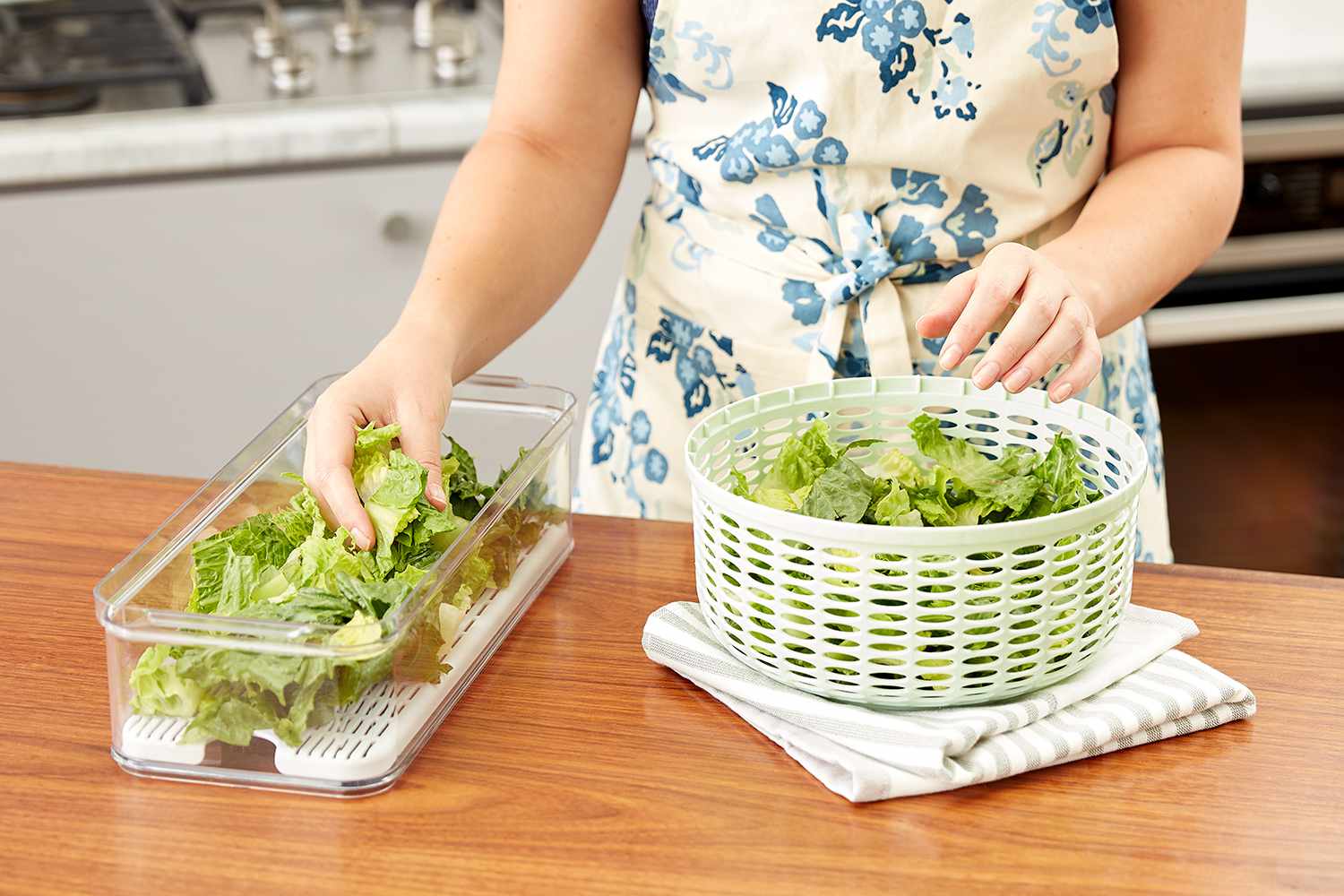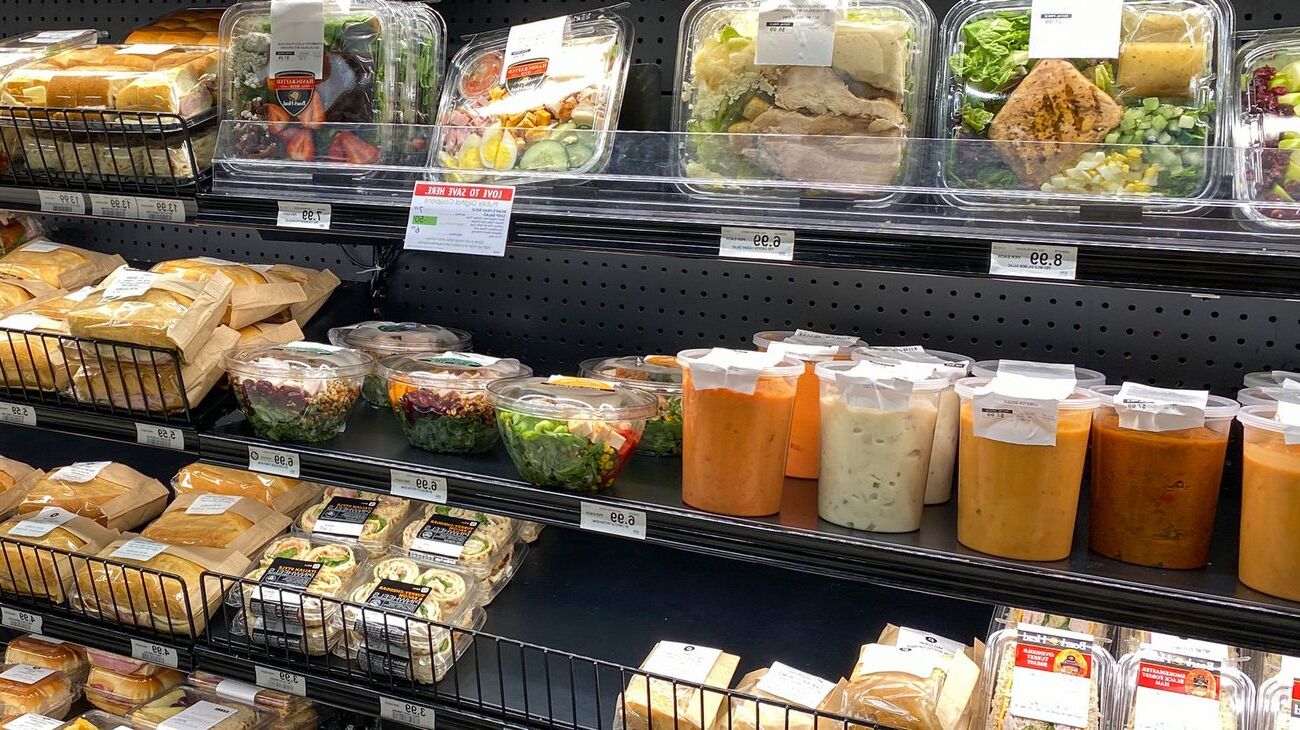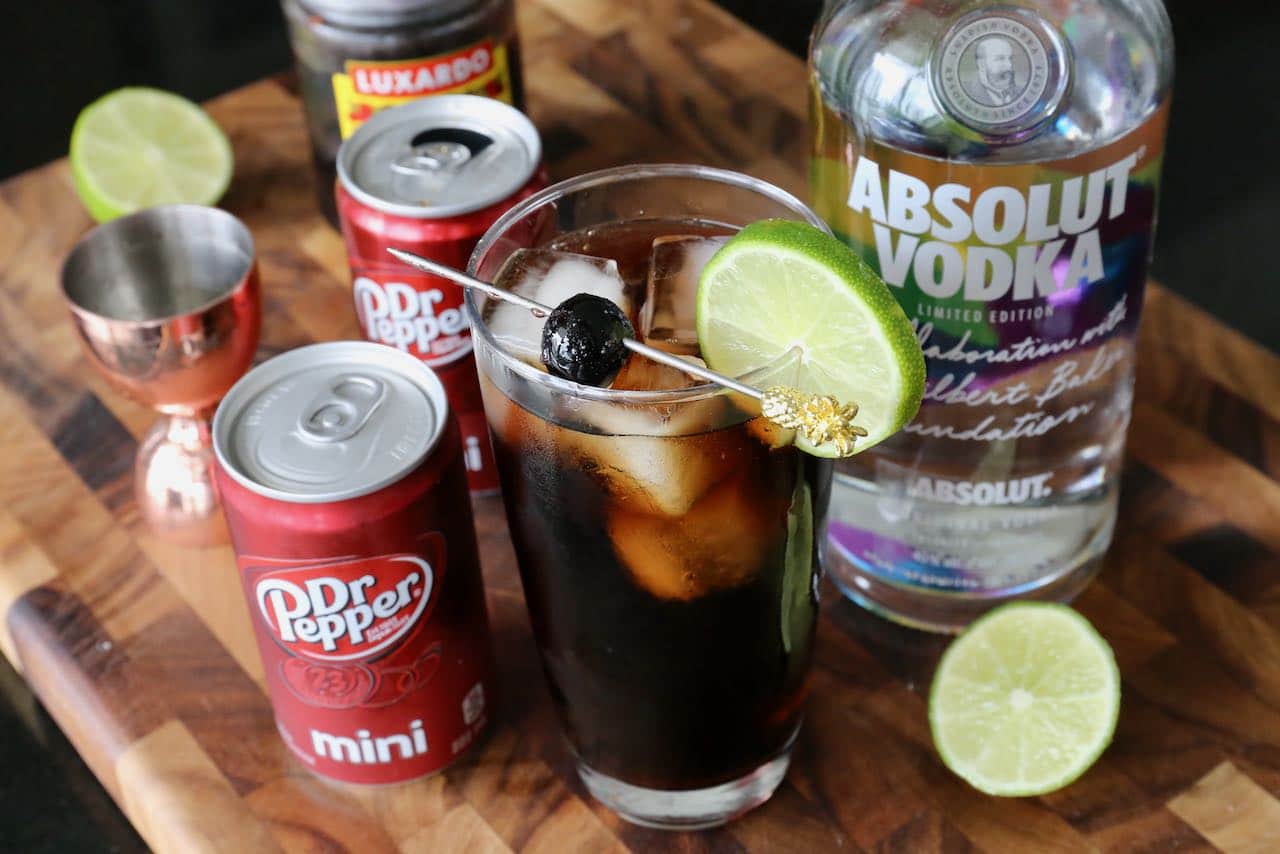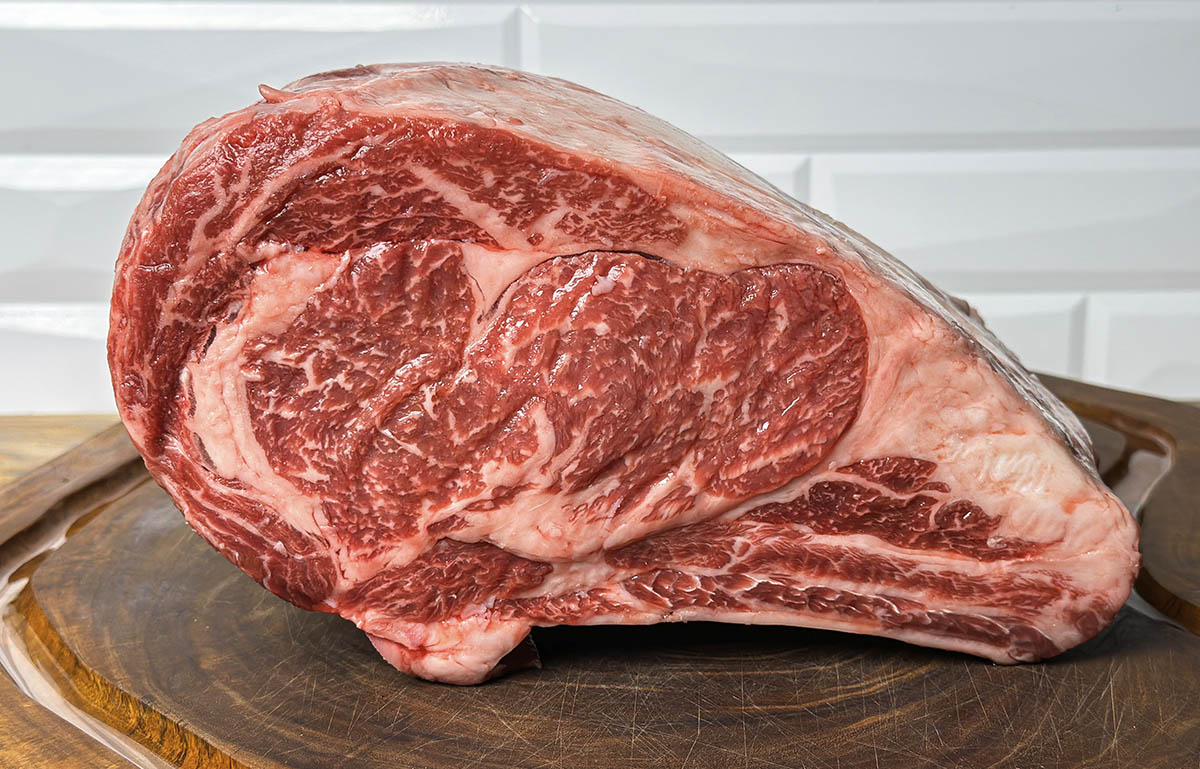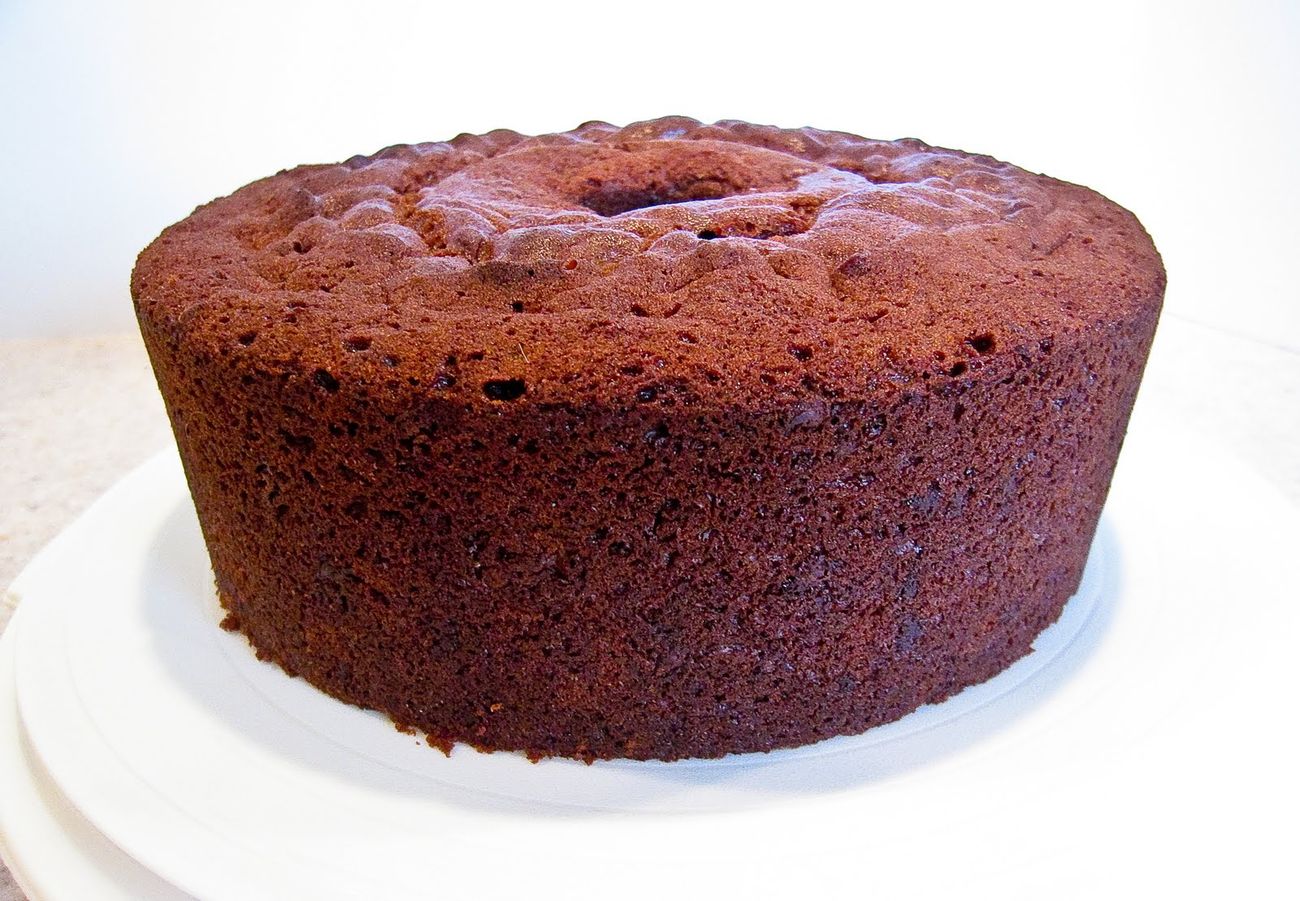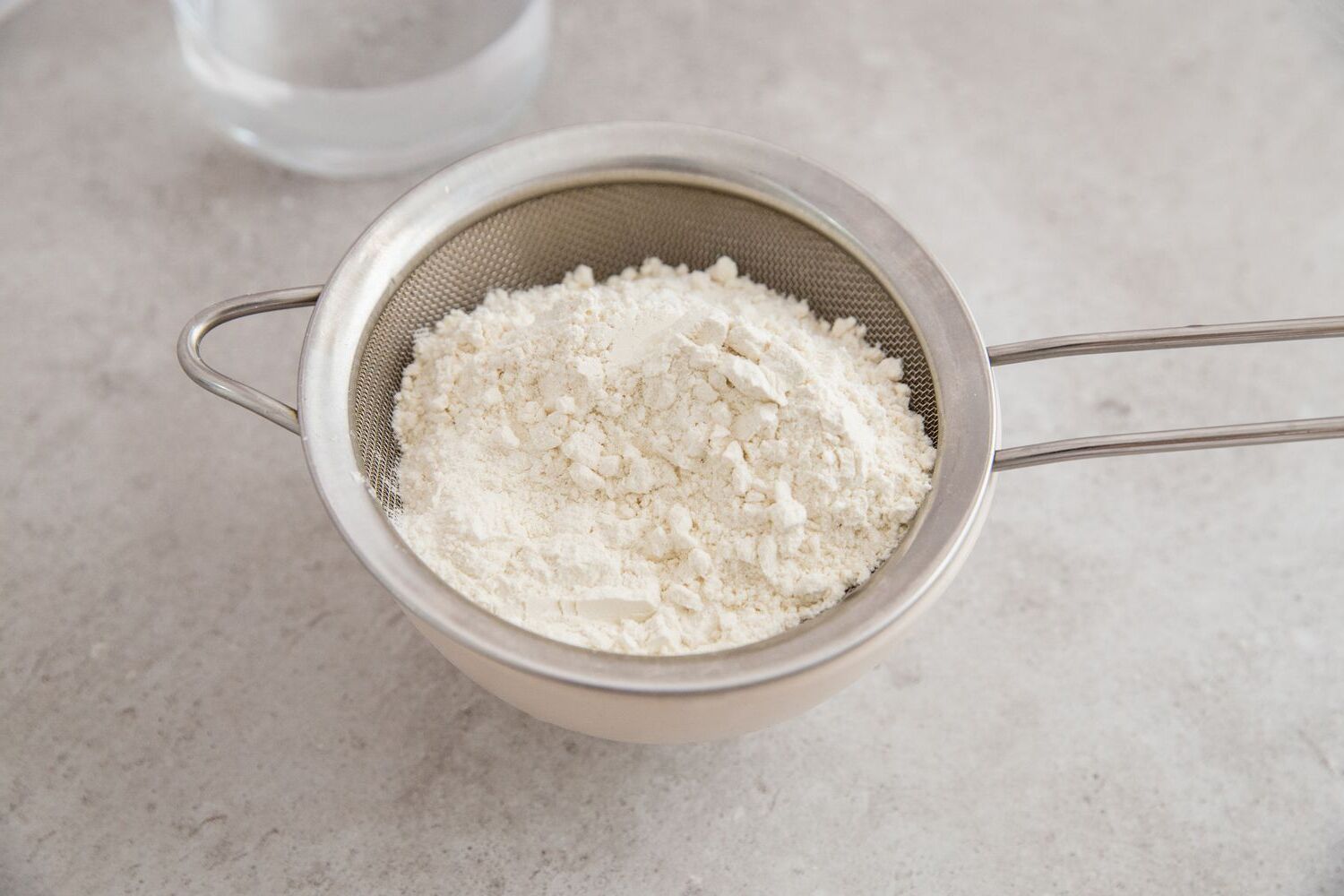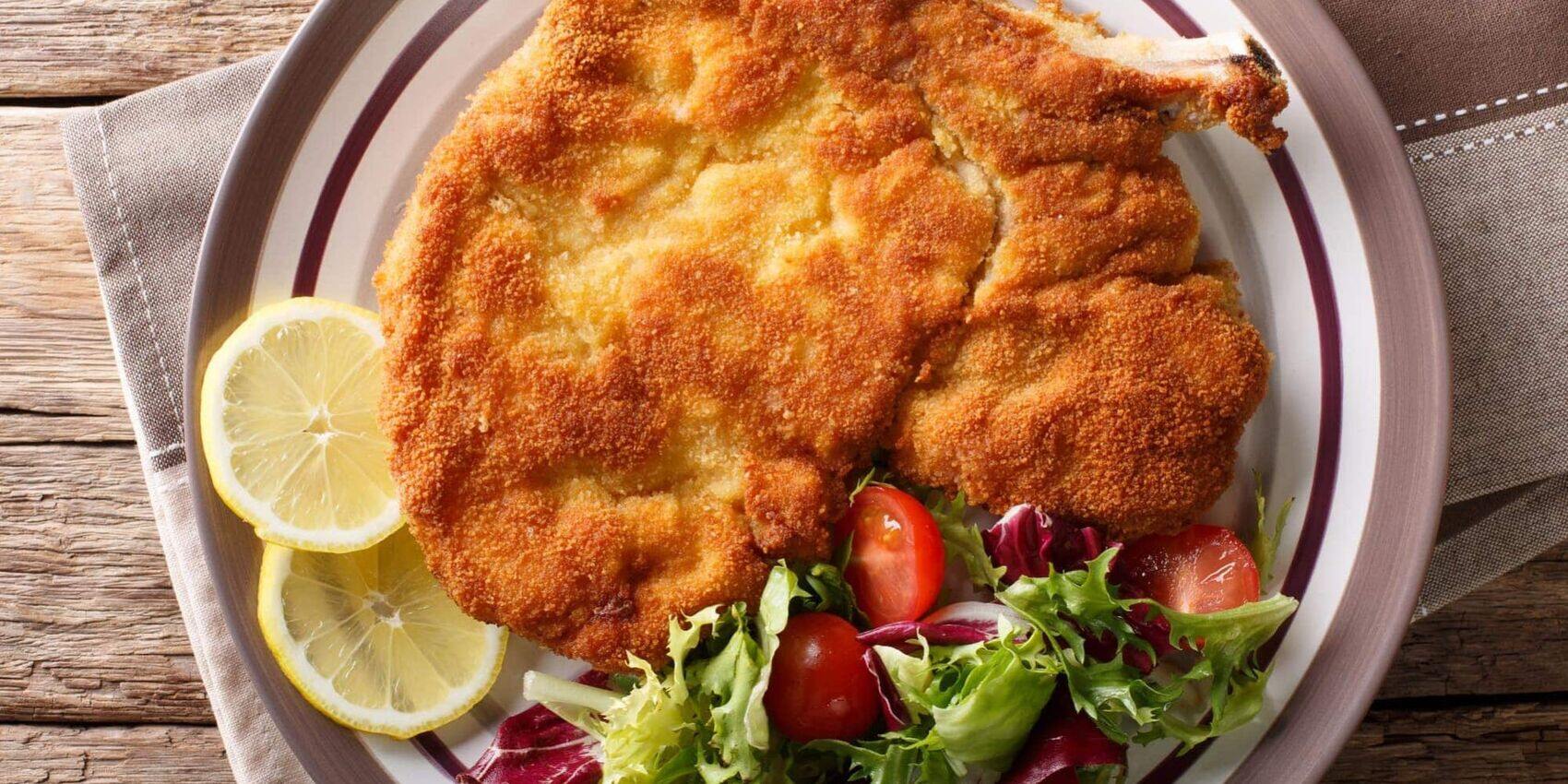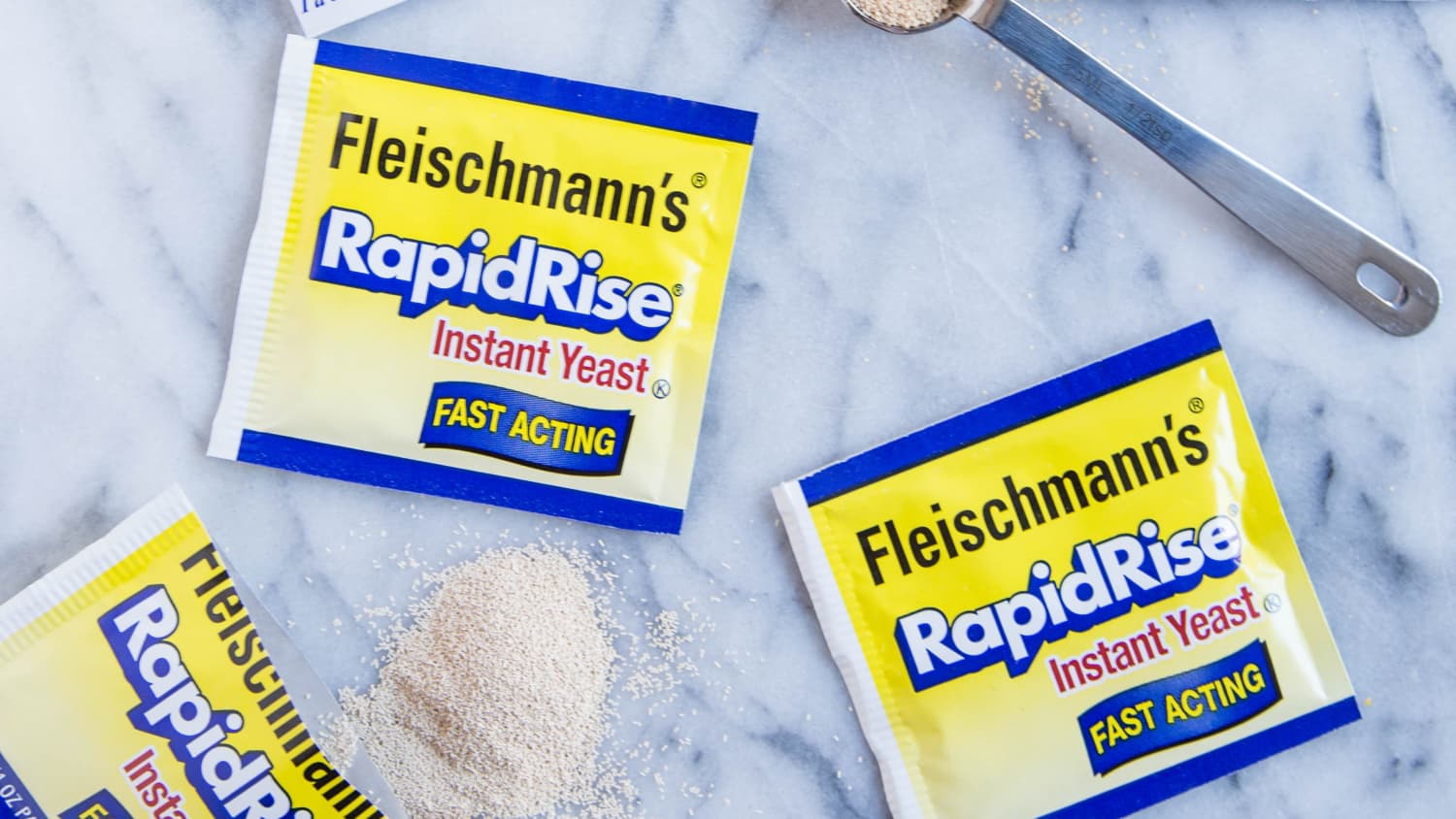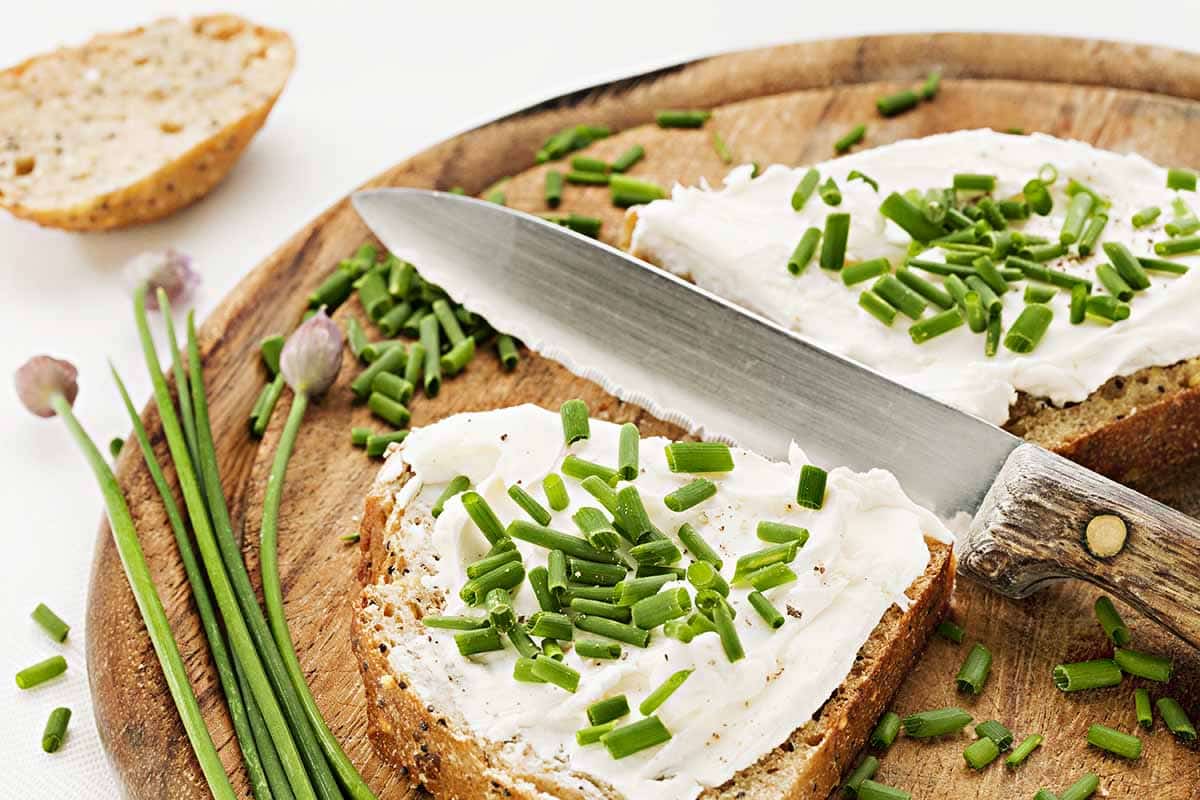The Difference Between Vanilla and Vanilla Bean
Vanilla and vanilla bean are two popular ingredients used in cooking and baking, but what exactly is the difference between the two? While they both share a similar flavor profile, there are some key distinctions that set them apart.
Vanilla
Vanilla is a widely used flavoring derived from the pods of the vanilla orchid. It is commonly available in the form of vanilla extract, which is made by soaking vanilla beans in a solution of alcohol and water. Vanilla extract is a staple in many kitchens and is used to add a sweet, aromatic flavor to a variety of dishes, including cakes, cookies, and custards.
Vanilla Bean
Vanilla bean, on the other hand, refers to the whole pod of the vanilla orchid. The pods are long, thin, and dark brown in color, filled with tiny seeds that are highly aromatic and flavorful. When using vanilla bean in recipes, the pod is typically split open, and the seeds are scraped out and added to the dish. The pod itself can also be used to infuse flavor into liquids such as milk or cream.
Key Differences
Now that we understand the basic definitions of vanilla and vanilla bean, let’s explore the key differences between the two:
- Form: Vanilla is commonly available in the form of extract, while vanilla bean is the whole pod containing the seeds.
- Flavor Intensity: Vanilla extract is known for its strong, concentrated flavor, while vanilla bean offers a more subtle and complex flavor profile.
- Texture: Vanilla extract is a liquid, while vanilla bean seeds have a slightly gritty texture when added to dishes.
- Cost: Vanilla extract is generally more affordable than whole vanilla beans, which are considered a luxury ingredient.
Usage in Recipes
Both vanilla and vanilla bean can be used to enhance the flavor of a wide range of recipes, but they are often used in different ways. Vanilla extract is convenient and easy to measure, making it a popular choice for everyday baking. On the other hand, vanilla bean is prized for its ability to infuse a more subtle and nuanced vanilla flavor into dishes, particularly those where the tiny black specks of the seeds can be visually appealing.
Conclusion
While vanilla and vanilla bean share a common origin, their forms, flavors, and uses set them apart in the culinary world. Whether you reach for a bottle of vanilla extract or a whole vanilla bean, both ingredients have the power to elevate the taste of your favorite treats and desserts.
Next time you’re in the kitchen, consider experimenting with both vanilla and vanilla bean to discover the unique ways they can enhance your culinary creations.
Was this page helpful?
Read Next: What Is Trippa?
